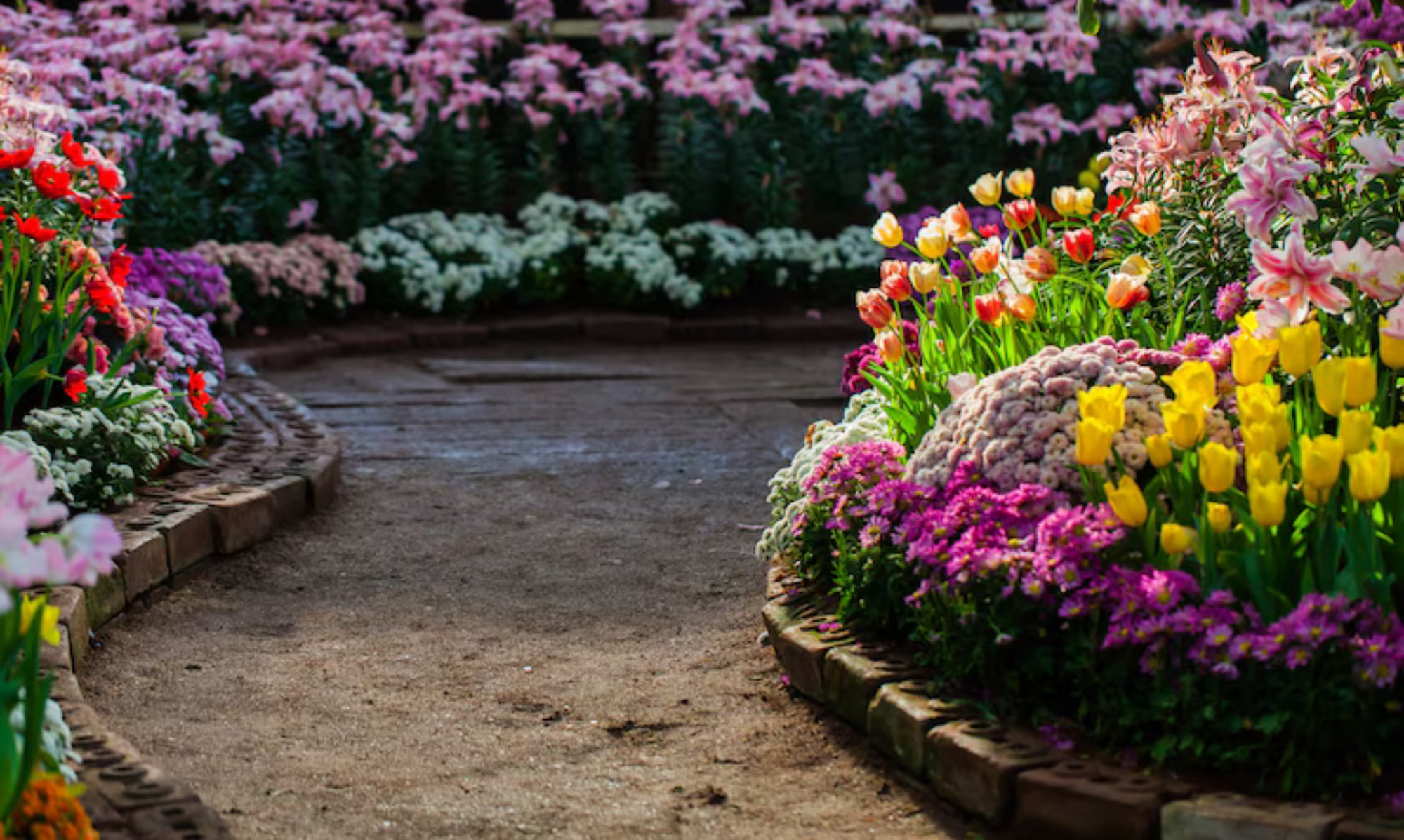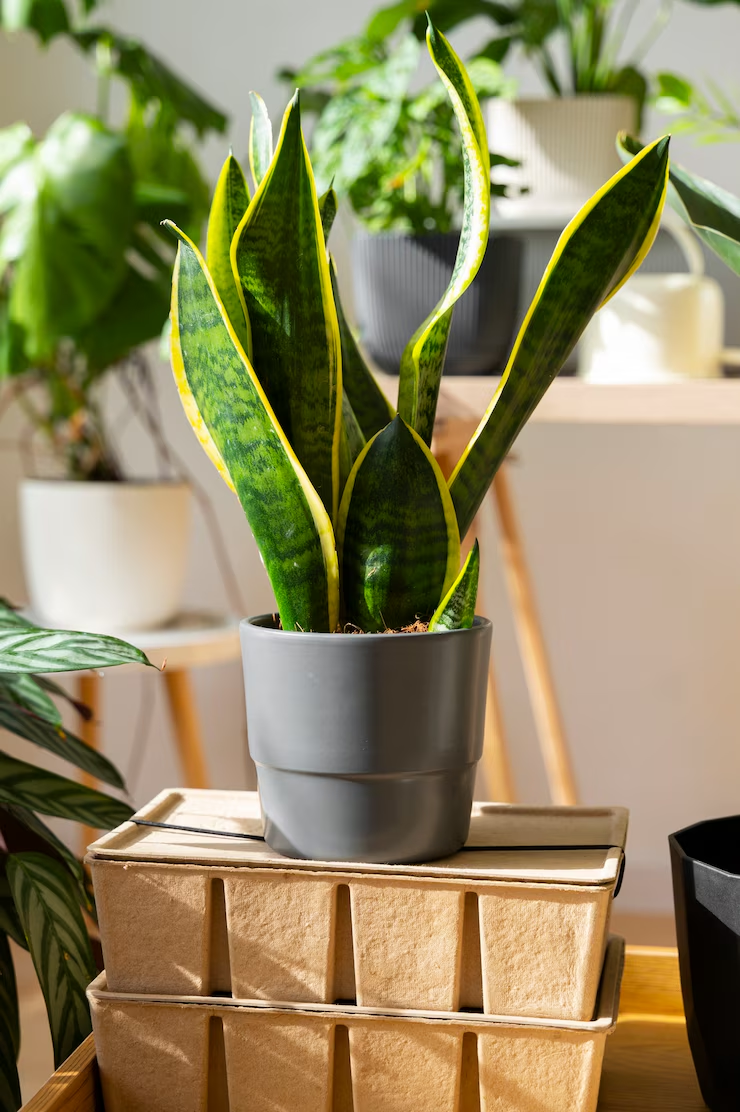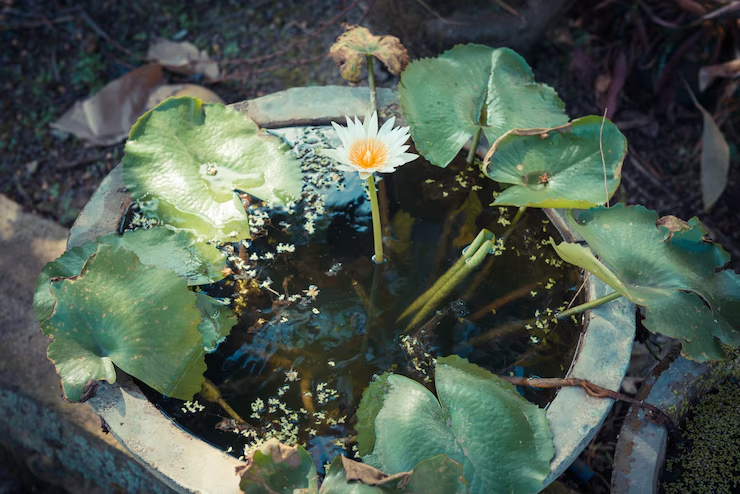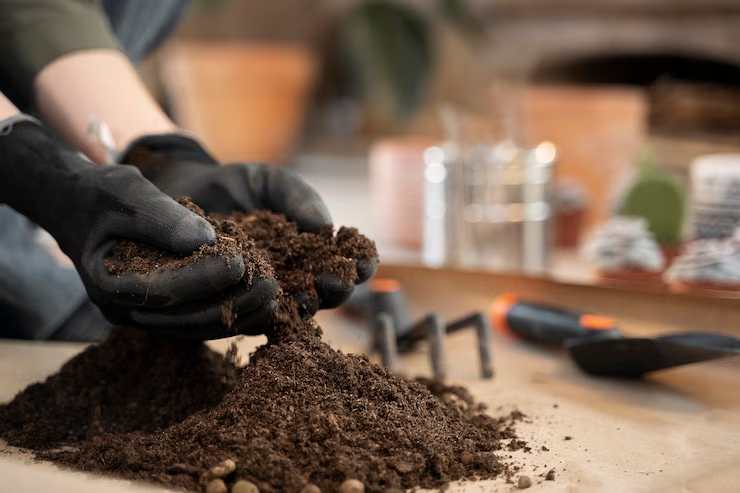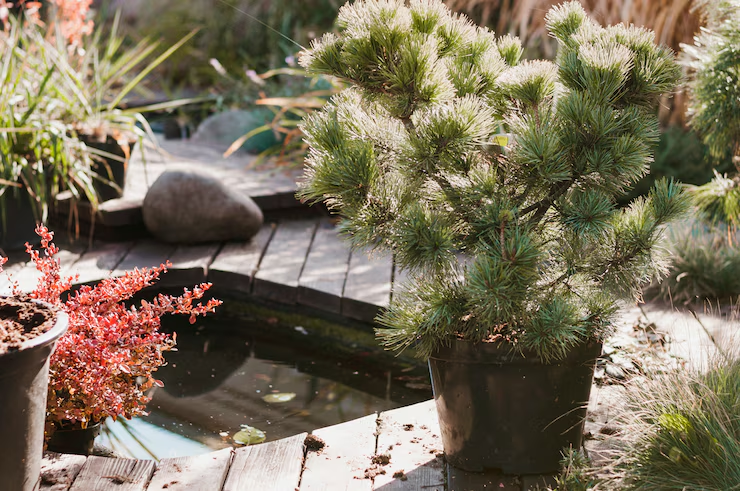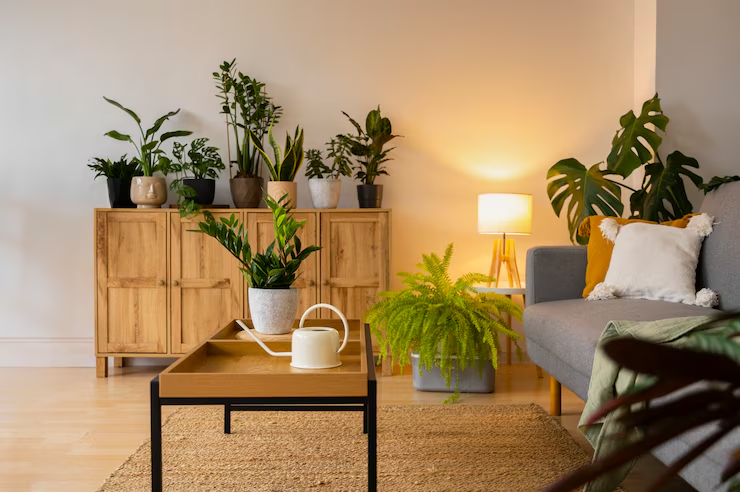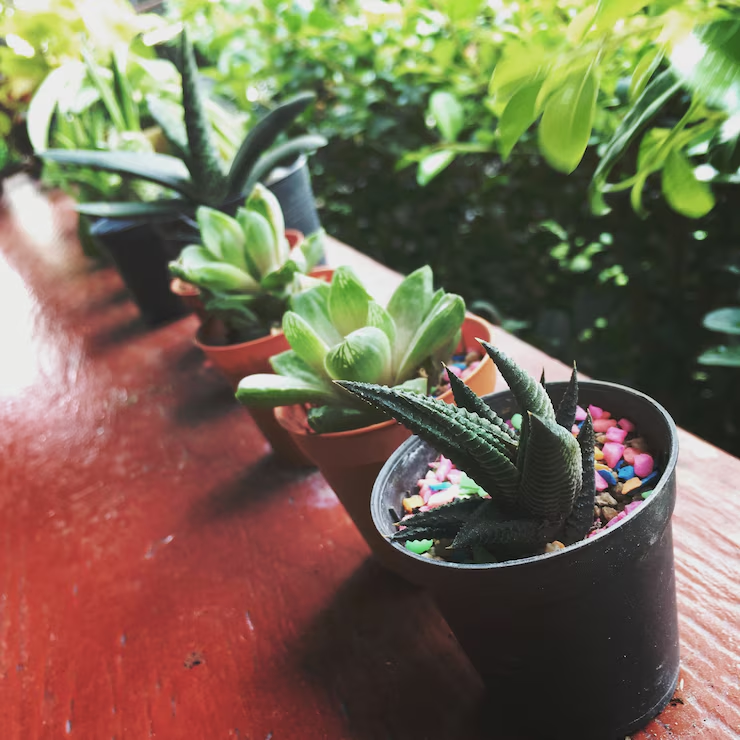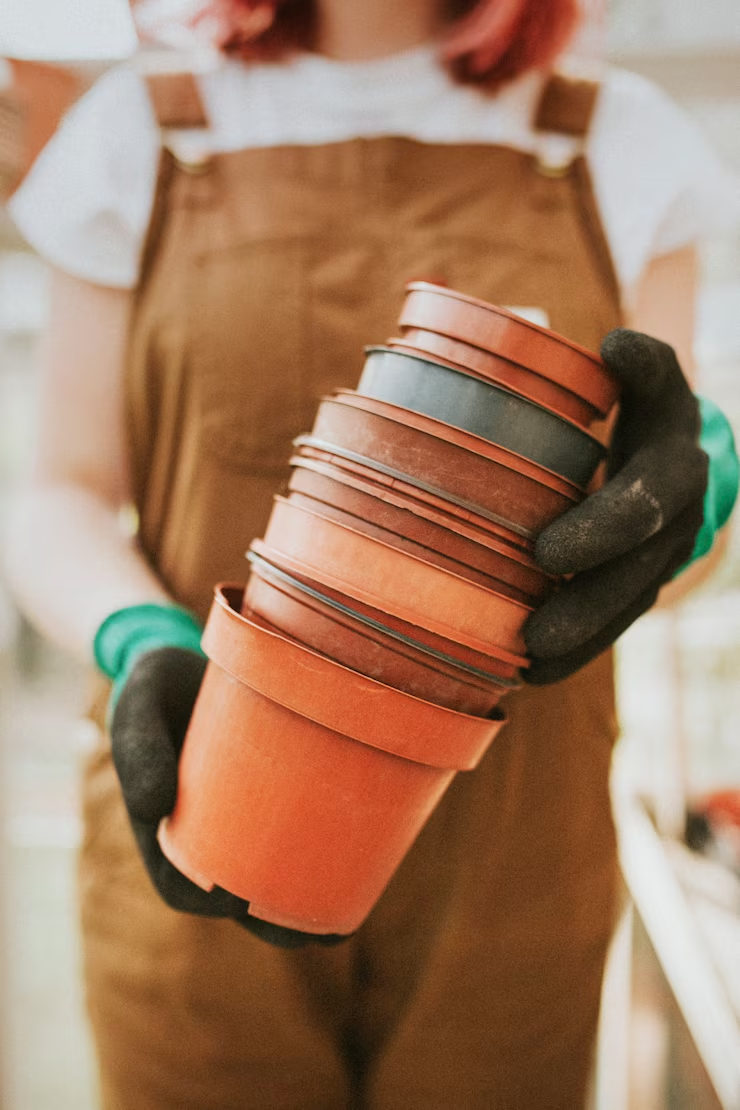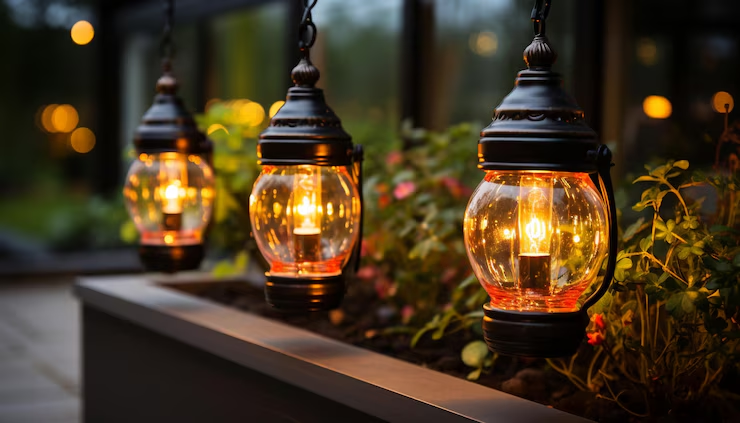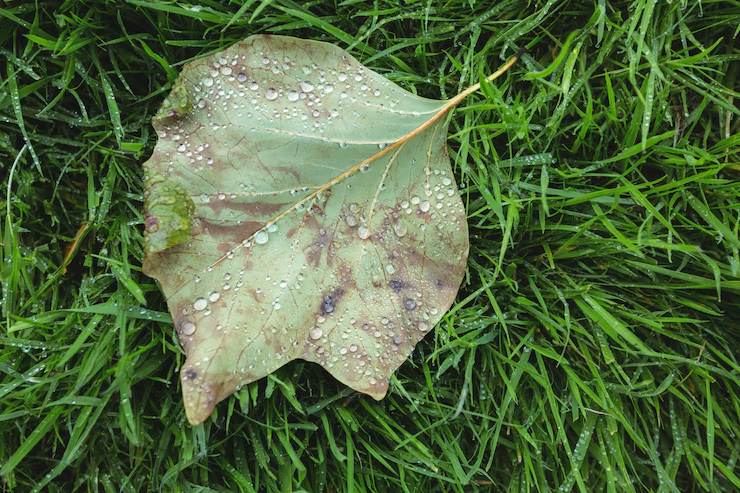Modern life often means spending a lot of time indoors — and that means breathing in indoor air, which can sometimes be more polluted than we realize. Fortunately, nature has a solution. Some plants don’t just add beauty to your space — they actually purify the air, removing toxins and improving the overall environment of your home.
In this article, we’ll explore the best air-purifying plants that are both functional and stylish. You’ll learn which plants to choose, where to place them, and how to care for them so they stay happy and healthy.
Why Air-Purifying Plants Matter
Indoor air pollution can come from common sources like paint, cleaning products, furniture, and even carpets. Substances like formaldehyde, benzene, and xylene are often present in small but harmful amounts. According to NASA’s Clean Air Study, some plants are especially good at filtering these toxins from the air.
Incorporating air-purifying plants into your home isn’t just a wellness trend — it’s a simple and natural way to create a healthier living environment.
1. Snake Plant (Sansevieria trifasciata)
The Sleep-Friendly Air Cleaner
Snake plants are one of the few plants that release oxygen at night, making them perfect for bedrooms. They’re known for filtering formaldehyde, xylene, and toluene from the air.
Care Tips:
- Light: Low to bright, indirect light
- Water: Let the soil dry completely before watering
- Style Tip: Looks great in sleek ceramic pots or standing tall in woven baskets
2. Spider Plant (Chlorophytum comosum)
The Beginner’s Best Friend
Spider plants are easy to grow, adapt well to different environments, and produce cute baby plants (called “pups”) you can replant.
Air benefits: Effective at removing carbon monoxide, formaldehyde, and benzene.
Care Tips:
- Light: Bright, indirect light
- Water: Water when the top inch of soil feels dry
- Style Tip: Great for hanging baskets or placed on shelves for a trailing effect
3. Peace Lily (Spathiphyllum)
The Elegant Detoxer
With its graceful white blooms, the peace lily is both a statement piece and a powerful air purifier.
Air benefits: Filters out ammonia, formaldehyde, benzene, and trichloroethylene.
Care Tips:
- Light: Low to medium light
- Water: Keep the soil moist, but not soggy
- Style Tip: Ideal for minimalist interiors — the white flowers add a clean touch
4. Aloe Vera
Healing and Cleaning in One
Known for its skin-soothing gel, aloe vera is also great at clearing formaldehyde and benzene — chemicals commonly found in household cleaners.
Care Tips:
- Light: Needs bright, indirect sunlight
- Water: Let the soil dry completely between waterings
- Style Tip: Perfect in terracotta pots on a sunny windowsill
5. English Ivy (Hedera helix)
Classic Look, Modern Function
English ivy brings a traditional, English garden vibe into your home. It’s known for filtering airborne mold and fecal particles — making it a solid choice for bathrooms.
Care Tips:
- Light: Medium to bright, indirect light
- Water: Keep the soil consistently moist
- Style Tip: Use in a hanging pot or let it trail down a tall shelf
6. Areca Palm (Dypsis lutescens)
The Tropical Air Purifier
This elegant palm adds a tropical touch to your home and works as a natural humidifier.
Air benefits: Excellent for removing formaldehyde, xylene, and toluene.
Care Tips:
- Light: Bright, indirect light
- Water: Water regularly but allow the top of the soil to dry between waterings
- Style Tip: Makes a bold statement in a large planter by the window
7. Rubber Plant (Ficus elastica)
Bold, Beautiful, and Powerful
With glossy, deep green leaves, the rubber plant is not only eye-catching but also highly efficient at cleaning the air.
Air benefits: Removes toxins like formaldehyde and other volatile organic compounds (VOCs).
Care Tips:
- Light: Bright, filtered light
- Water: Allow the top of the soil to dry between waterings
- Style Tip: Ideal as a floor plant in living rooms and entryways
Where to Place Your Air-Purifying Plants
Strategic placement can enhance both the effectiveness and the aesthetic impact of your plants.
- Bedroom: Snake plant, peace lily
- Living Room: Areca palm, rubber plant
- Bathroom: English ivy, spider plant
- Kitchen: Aloe vera, spider plant
- Home Office: Peace lily, rubber plant
Remember to rotate your plants every few weeks so that all sides receive equal light, and wipe the leaves with a damp cloth to keep them dust-free (this helps them “breathe” better).
Styling Tips for a Cleaner, Greener Home
Want your air-purifying plants to look as good as they function? Try these ideas:
- Mix plant heights for a dynamic look
- Use matching pots to create a clean, uniform style
- Play with textures — pair glossy leaves with rustic pots
- Group plants in odd numbers for better visual balance
- Add plant stands to bring greenery up to eye level
A Breath of Fresh Air — Literally
Bringing plants into your home is one of the simplest ways to enhance indoor air quality while elevating your interior style. From the sculptural rubber plant to the laid-back spider plant, there’s a perfect option for every room and personality.
So take a deep breath, pick your favorite green friends, and let your home come to life with beauty and clean air.
